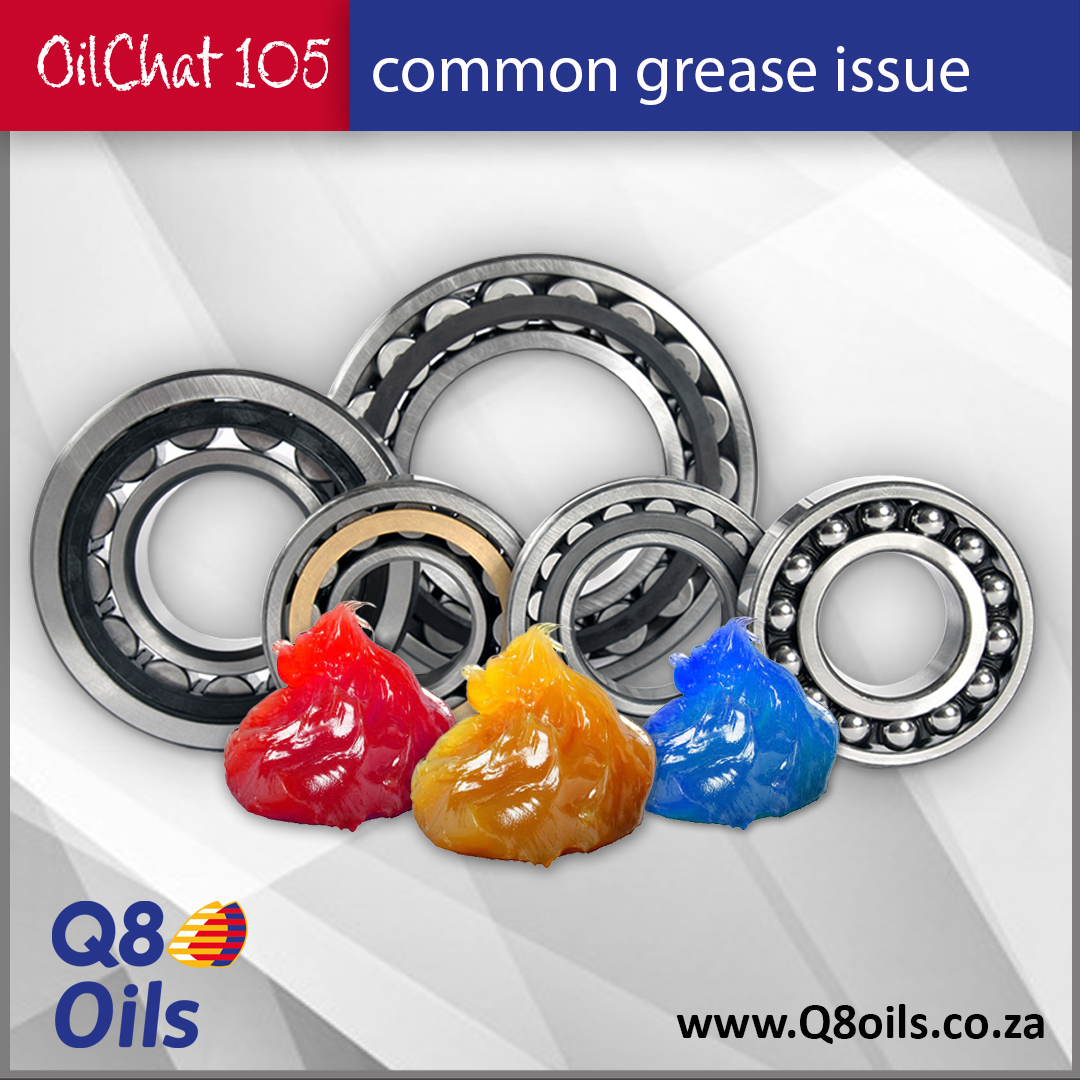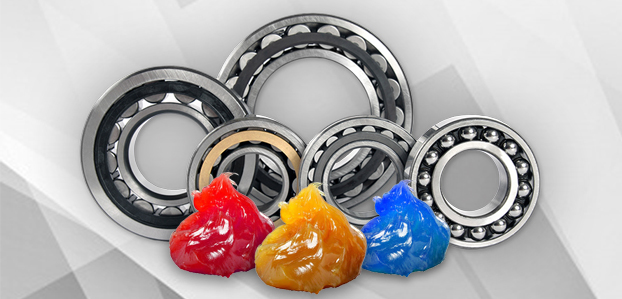
In this three-part series of articles, we will focus on some of the most common problems you may experience with grease lubrication and endeavour to give you easy ways to prevent or fix them.
Identifying lubrication problems can be problematic when dealing with oils – and it gets even more difficult with greases. While oil analysis is fairly standard in most applications, in-service grease analysis is not done all that often and is harder to interpret. Grease specifications normally report the same basic properties, such as NLGI grade and dropping point, but critical details like base oil type, thickener chemistry and additive content may not even show up on technical data sheets. Physical characteristics like tackiness, water washout resistance and rheological behaviour are equally important, but are often undocumented.
Grease analysis is even harder once the grease is in service. Analysis options do exist – like ASTM D7918 (Standard Test Method for Measurement of Flow Properties and Evaluation of Wear, Contaminants and Oxidative Properties of Lubricating Grease by Die Extrusion Method and Preparation) or specialized wear debris testing. They are, however, not commonly used. Since grease operates mostly out of sight (inside bearings and housings, etc.) it is easy for problems to develop unnoticed until there is a major failure. Proactive grease sampling and monitoring should be part of a good preventive maintenance program, but it is still the exception rather than the rule.
Changing from one grease to another should be considered with due diligence. Before you switch products, it is critical to understand what is happening in the system. A few examples where trouble may arise include:
- Mixing greases unintentionally because someone used the wrong grease gun.
- Equipment speed increasing due to operational changes without evaluating if the grease can keep up.
- Rising operating temperatures stressing the grease beyond its rated limits.
- Storage conditions changing — hotter warehousing or outdoor locations causing grease degradation.
Another widespread “glitch” with grease is oil separation. When you open a container, chances are you may see a thin layer of oil at the top of the grease. The first thought that usually jumps to mind is whether the grease is suitable for use. Fortunately the answer in most instances is yes. A little oil pooling in a grease drum or pail is normal — especially after transportation or heat cycling.
If oil separation is minimal (up to about 6 mm), simply stir the oil back in. Excessive oil separation, however, can signal trouble. If the grease looks heavily separated or runny, contact your supplier.
Most grease performance problems do not boil down to grease chemistry alone — handling, application methods and operating conditions may play a huge role too. In the next issue of OilChat we will address more common grease problems and how you can fix, or even better, prevent them.
If you have any questions concerning grease in the interim, you are welcome to phone 011 462 1829, email us at info@bcl.co.za or visit www.bcl.q8oils.co.za.

